Description
The Improvisation article was written to provide a guide to this often seemingly vague subject.
Relatively simple things to do are presented first, followed by more technically advanced material and related options.
The article begins with definitions of essential song components.
This is followed with a variety of simpler, initial approaches to improv, including manipulations of time, volume and pitch.
After these, more advanced improv steps are explored, beginning with a specific and detailed plan for designing your improvisation.
Individual categories of notes, intervals, scales and chords and their interrelations are then separately examined. Each category is itself further divided into numerous components, carefully presented so as to make sense and to be easily applied.
Extensive appendices round out this article, putting a vast amount of musical information together in concise form, thus allowing you to experiment with many different musical combinations.



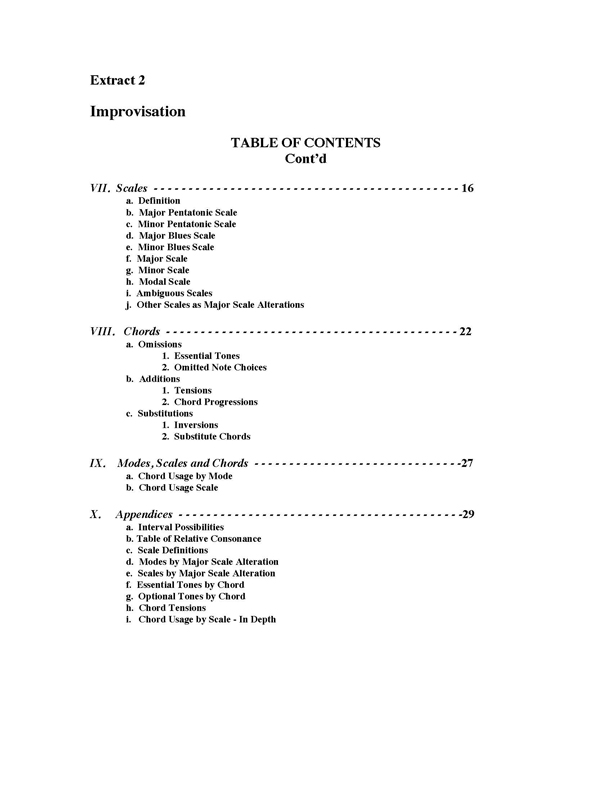
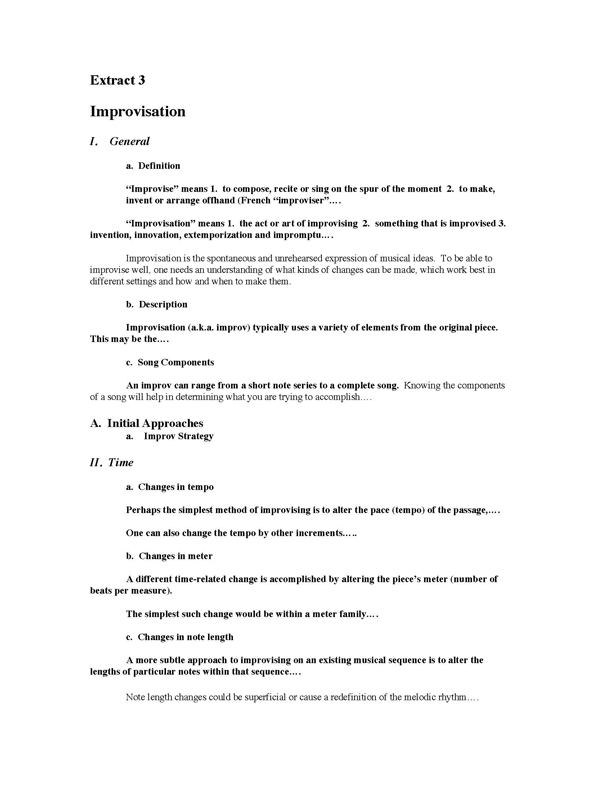

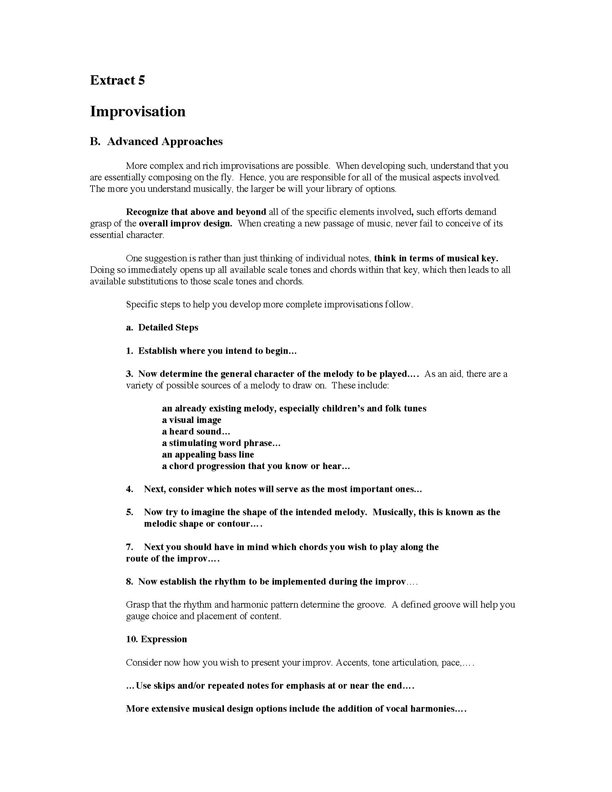

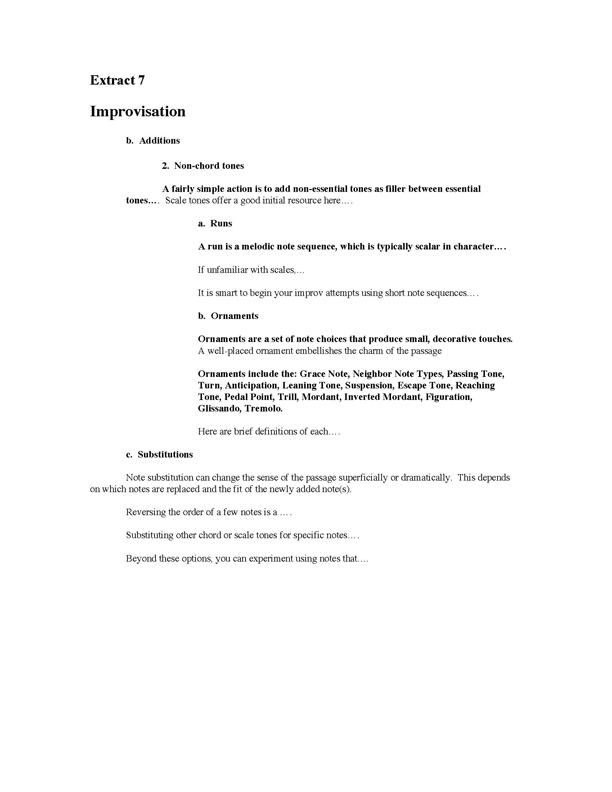

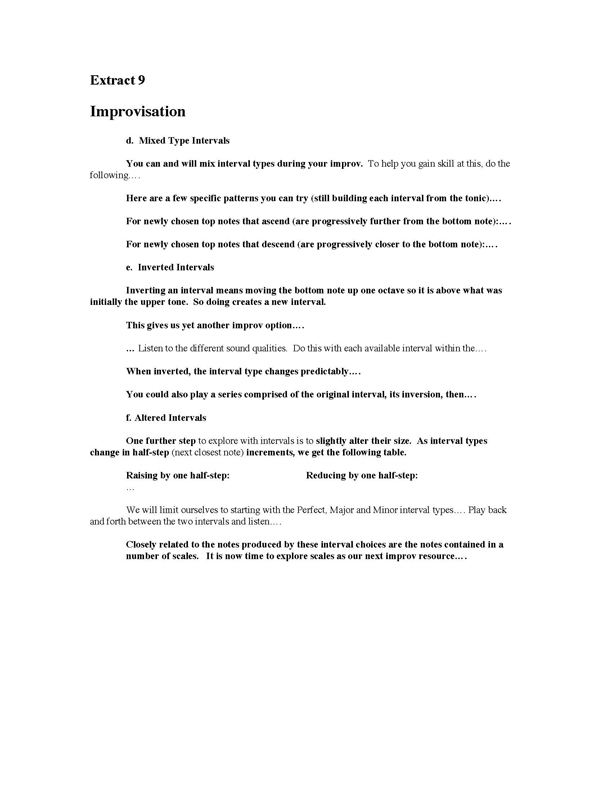

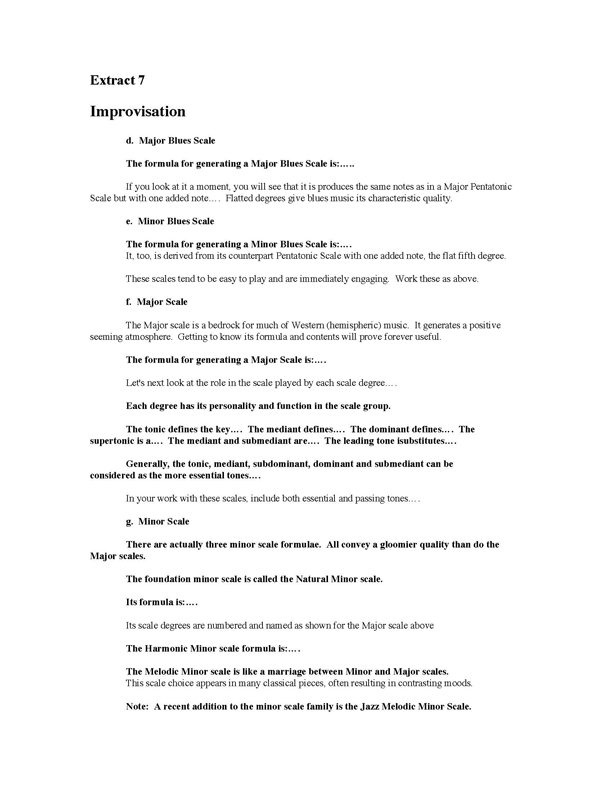
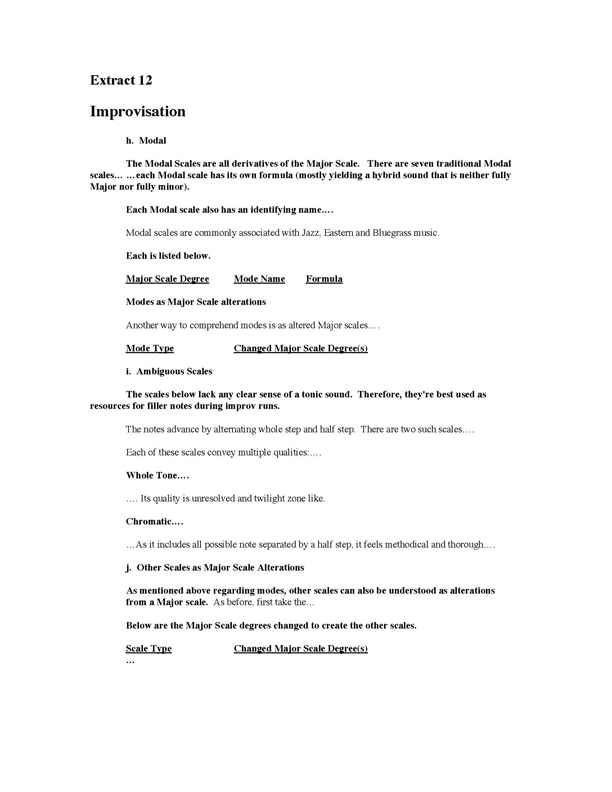
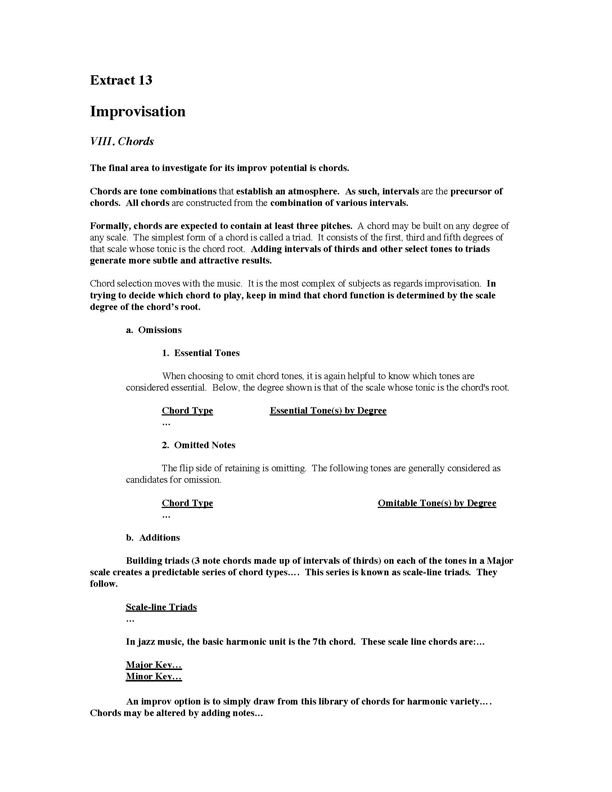

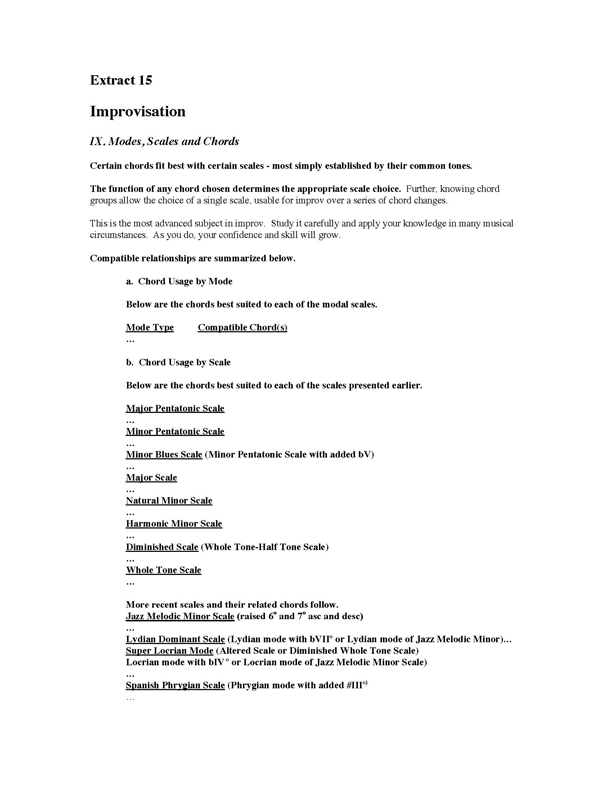

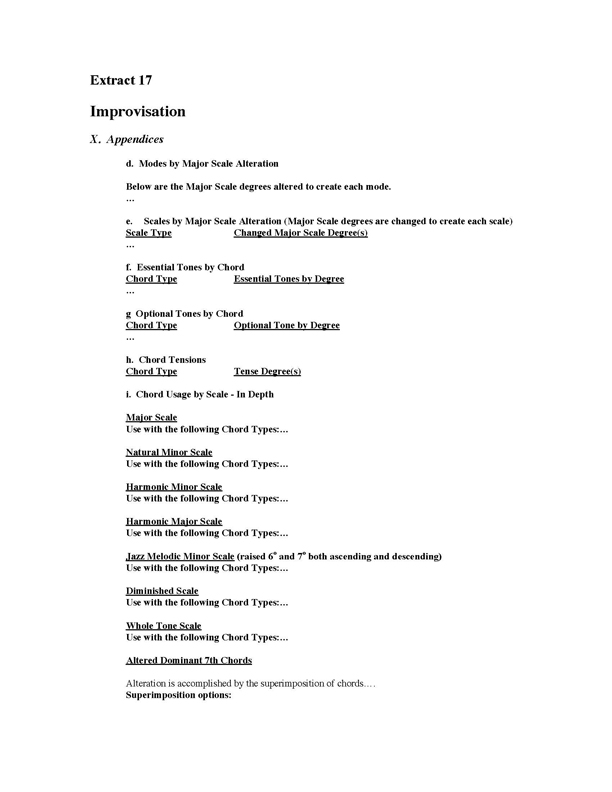
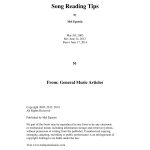
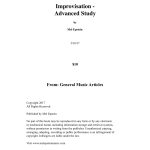



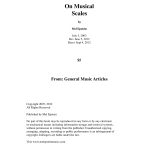


Reviews
There are no reviews yet.